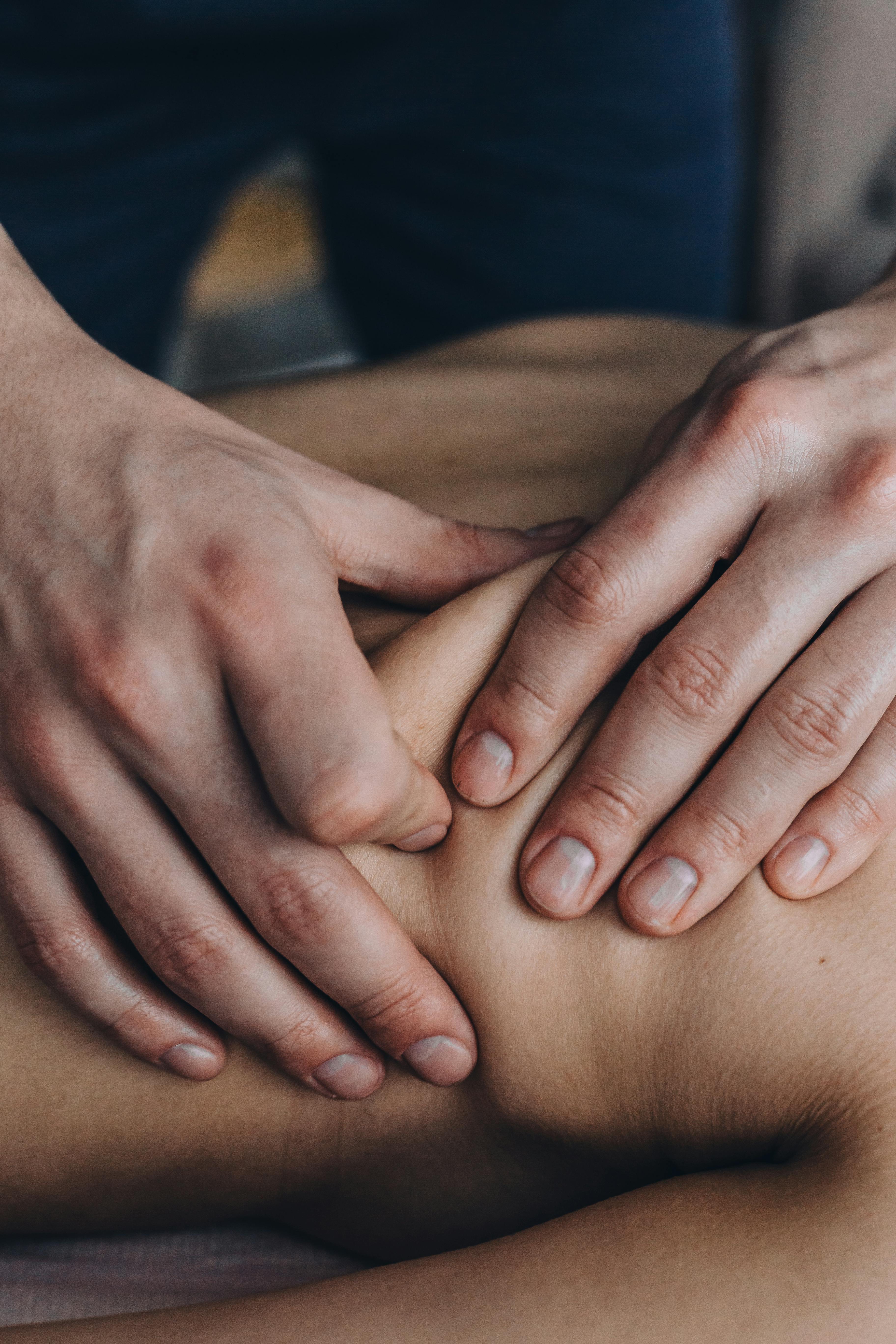Unmasking the Mystery of Botox: A Comprehensive Overview
Botox, a name familiar to many, has over the years, evolved into a household term in the world of beauty and wellness. This potent neurotoxin, derived from the bacterium Clostridium botulinum, has irrevocably changed the landscape of cosmetic treatments, becoming a sought-after solution for those aiming to defy aging. While its use dates back to the 1970s, it was only in the late 1980s that Botox found its way into aesthetic medicine. Today, it's heralded as a magic wand that can vanish wrinkles and fine lines, offering a youthful appearance in a matter of minutes.

Historical Context: Botox’s Inception and Evolution
The journey of Botox as a cosmetic remedy began as a solution to strabismus, a condition causing crossed or misaligned eyes. Dr. Alan B. Scott, an ophthalmologist, discovered that injecting small amounts of botulinum toxin into the eye muscles could correct this issue. However, it was Dr. Jean Carruthers, a Vancouver-based ophthalmologist, who first recognized Botox’s potential in the field of beauty.
In the late 1980s, Carruthers observed that the frown lines between the eyebrows of patients treated for eye twitching remarkably softened post-Botox treatment. This observation spurred further research, leading to the Food and Drug Administration’s (FDA) approval of Botox for cosmetic use in 2002. Since then, Botox has continued to make waves in the cosmetic industry, with its uses expanding beyond wrinkle reduction to treating migraines, excessive sweating, and even depression.
Botox Today: A Staple in Cosmetic Treatments
Today, Botox is a well-recognized player in the beauty industry, with millions of procedures performed worldwide each year. Its popularity stems from its ability to offer almost instant results with minimal downtime, making it an attractive option for those seeking non-surgical anti-aging solutions.
According to the American Society of Plastic Surgeons, Botox treatments accounted for over 7.7 million procedures in 2019, a number that continues to grow each year. This trend indicates a shift in societal norms, where preventative and corrective treatments are no longer taboo but rather a form of self-care.
Reception and Impact: The Botox Boom
The widespread acceptance of Botox is a testament to its effectiveness and safety. Despite initial skepticism due to its neurotoxic properties, Botox has proven to be a safe and reliable tool in cosmetic treatments when administered by trained professionals.
The Botox boom has also given rise to “preventative Botox,” primarily among the younger demographic. This approach aims to prevent the formation of wrinkles and fine lines before they appear. However, experts caution against early usage, emphasizing that Botox is a potent substance that should be used judiciously.
A Unique Insight: The Psychological Aspect of Botox
While the physical benefits of Botox are well-documented, its psychological impact is an aspect less explored. A study published in the Journal of Cosmetic Dermatology suggests that cosmetic Botox treatments can have a positive effect on mood and self-esteem. The study found that participants who underwent Botox treatments reported improved mood and reduced anxiety, suggesting that the psychological benefits of Botox may extend beyond the mirror.
In The Future of Botox
As our understanding of Botox continues to grow, so does its potential applications. With ongoing research into its therapeutic uses and breakthroughs in delivery methods, Botox’s role in beauty and wellness is likely to expand further.
However, the key to harnessing the benefits of Botox lies in responsible use. As we continue to embrace Botox’s potential, we must also respect its potency, emphasizing safety, and ethical practice in its application. After all, beauty is not just about looking good—it’s about feeling good too.




